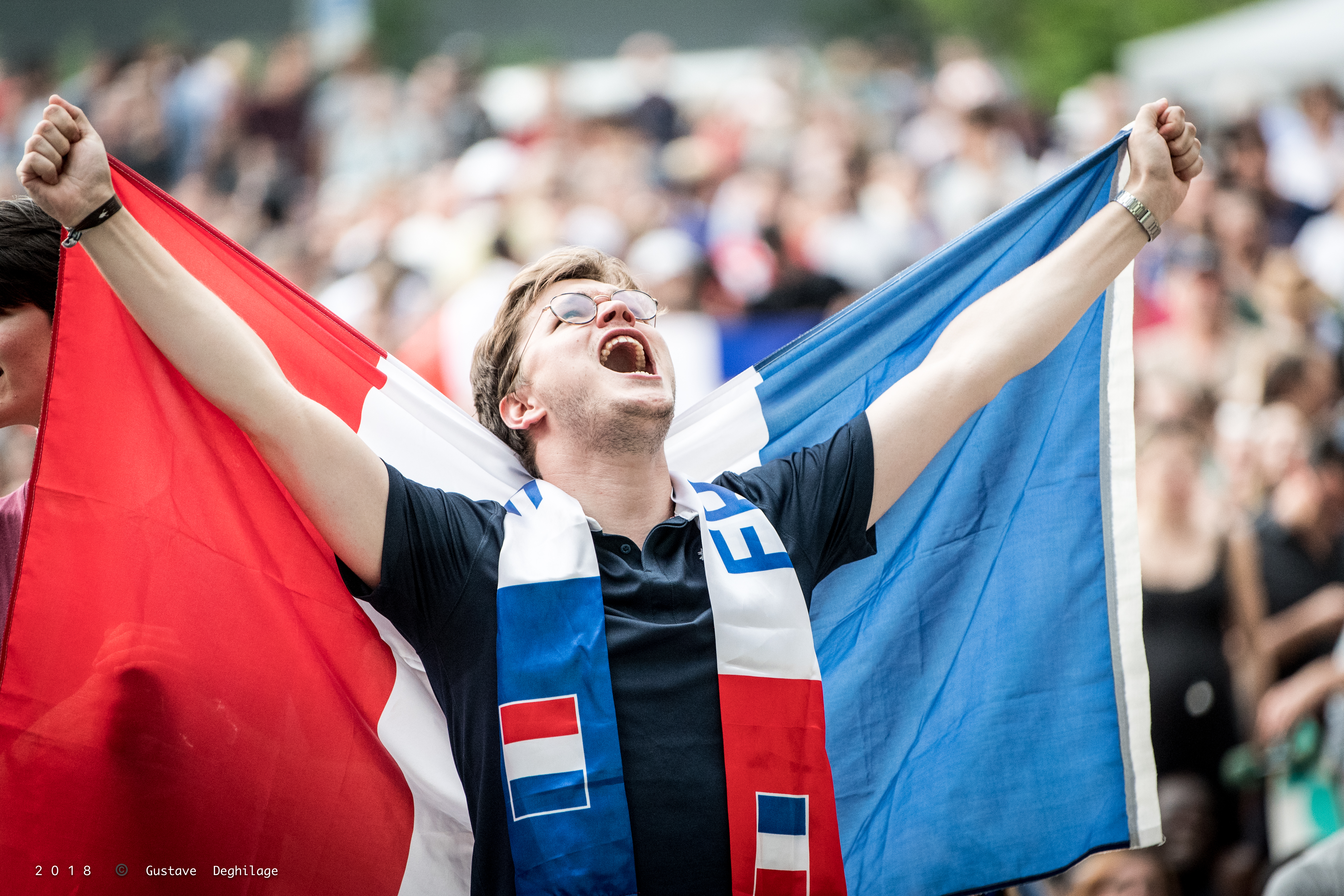News & Insight


As a marketing platform to reach on-scale, audiences in real-time, sport is unrivalled. After all, no other form of entertainment produces the moments of major cultural significance that sport does, nor the global, highly and emotionally engaged audiences from such a diverse set of demographics.
And in a world where brands are striving for greater reach without having to come into contact with damaging content such as extremism or disinformation, sport offers brand-safe environments.
But sports sponsorship isn’t the Land of Milk and Honey. On the contrary, sports sponsorship has been navigating choppy waters.
Outside the top-tier, rights-holders have increasingly struggled to sign new partnerships, and become reliant on brand categories facing significant marketing restrictions. And while those in the top-tier have still been able to attract blue-chip brands, those brands have been demanding – for the first time – they are given the same measurable route to an audience provided by Facebook, Google and many others.
Brands may have spent £36bn (€41bn) on sports sponsorship in 2019, but this was an increase of 4% year-on-year when brand marketing spend overall grew by 5.5% across the same period2 – its fastest growth rate in 10 years. Sports sponsorship has been growing, but its share of the market has also been declining.
And yet, paradoxically, the appetite for sport has never been bigger. The top three most followed Facebook pages are sports athletes or teams3, UK sports attendances have grown 2.8% year-on-year between 2012 and 2018, and last summer 1.1bn people globally watched the final of the FIFA World Cup4. No other event came even close to that number.
So why, if appetite is at an all-time high, is sports sponsorship not achieving its potential? The answer is simple: fans now consume media across a range of digital media platforms, and sport has struggled to convert that into value for brands. The hype around growing audiences on social media created more digital touchpoints, but has diluted the overall value being delivered for brands by rights-holders, and contributed to sports rights-holders globally under-exploiting their sponsorship businesses, cumulatively, by £13.7bn (€16bn) in 2019.
Brand Spend on Sports Sponsorship (2014-2024)
Sports sponsorship, on the whole, has been operating in the analogue age; brands know sponsorship enables them to reach highly-engaged audiences, but as yet they haven’t been able to judge exactly how much their investment is delivering other than through the number of eyeballs that have seen their logo through linear broadcast coverage. And that’s something, in itself, that’s continually been a bone of contention from a methodology perspective. And something Two Circles is passionate about fixing.
The internet is still in its infancy, but what’s clear is that brands want more tangible and measurable engagement with their target audience. They know that digital enables them to see what audience they are reaching and how successfully their campaign is delivering – and they want to see that in real-time, so they can optimise their messaging and channels used. That’s what they do, after all, through Facebook and Google – two platforms that, together, took 25% of the world’s entire advertising spend in 20185.
But change is happening, and sport is starting to understand how data can be used to create impactful brand activations through digital channels. We predict a watershed moment is coming, and we call it Sports Sponsorship’s Correction. That’s because from 2020 the gap between what sports sponsorship is worth and what brands spend will close as sports rights-holders capitalise on the new opportunities digital creates, brand spend overall increasing from 4% to 6% year-on-year to hit £47.9bn (€56bn) by 2024 as a result.
More people will spend time on digital platforms than watching linear TV for the first time this year – brands want engaging content delivered through digital channels
Impact and Value
Sports Sponsorship’s Correction will be driven by rights-holders using their digital inventory to create better impact for brands, and then proving value.
Brands are attracted by sport’s scale, and they still want widespread media exposure through broadcast coverage. But in a world where, in 2019, more people will spend time on digital platforms than watching linear TV6 for the first time, brands want authentic and engaging content delivered through digital channels alongside that.
Consequently, rights-holders need to incorporate their digital rights, assets and inventory into existing sponsorship packages better; for too long they have thrown in loosely-specified digital assets as an add-on, with little thought as to the value they can deliver.
But it’s not just about packaging, it’s about how sponsorship is activated through digital channels and how impact is measured. Using the right data and evaluation products, rights-holders can measure and guarantee the number of engagements and impressions a brand will receive through digital channels, and as a result, show how that is shifting brand awareness, purchase intent or leads generated.
Digital advertising platforms can show brands, in real-time, what audience they are reaching and how successful their campaigns are performing. This enables brands to optimise the messaging, creatives and channels used to optimise performance. And that encourages more spend as brands know what works.
This type of measurability is why Facebook and Google have been so successful in dominating digital marketing, and why despite brand safety and privacy scandals, Facebook was able to grow its average advertising revenue per user by nearly 30% in 20187.
Comparatively, sports rights-holders have been slow to show the value they have been delivering brands – even when they may have been over-delivering. This is because the sports sponsorship measurability model was built for the analogue age. It’s time it is rebuilt for the digital age: a broadcast exposure report once a month hasn’t been good enough for a while.
Sports Sponsorship’s Correction
A handful of progressive rights-holders have already started integrating their digital assets into sponsorship propositions, proving that a pound spent on sports sponsorship activated digitally outperforms a pound spent on ‘regular’ digital marketing – the differentiator being sports fans’ passion and engagement.
Sports Sponsorship’s Correction will happen when the approaches of these early-movers become standard, and across the industry rights-holders big and small will reap the rewards – growing the sector as a result.
Bigger rights-holders will demonstrate to brands the true impact they are delivering, attract new partners with their proven sponsorship proposition, and retain current partners – who won’t need to look elsewhere to achieve objectives – in longer and more valuable deals.
They will also be able to encourage brands to move significant proportions of their marketing spend away from Facebook and Google as sports sponsorship becomes a proven – and superior – alternative as a digital marketing platform.
Smaller rights-holders will become premium storytellers to a smaller-but-engaged target audience, creating much bigger value for brands and driving long-term sponsorship growth as a result.
Those in the middle-tier, meanwhile, will demonstrate the true value their sponsorship assets deliver, which is often under-reported, and will work better with their partners to manage and improve that value.
References
- A relationship between a sports rights-holder (league, team, tournament, federation, governing body, athlete or venue) and a company through which the company receives marketing collateral in return for either financial or business services
- PQ Media’s Global Advertising & Marketing Revenue Forecast 2018-22 – August 23, 2018
- Cristiano Ronaldo (122.5m fans), Real Madrid (107.3m), Barcelona (103.2m) – April 25, 2019
- FIFA – December 21, 2018
- WARC Clobal Ad Trends – February 21, 2019
- Zenith Media Consumption Forecasts 2018 – May 29, 2018
- eMarketer – February 8 2019

